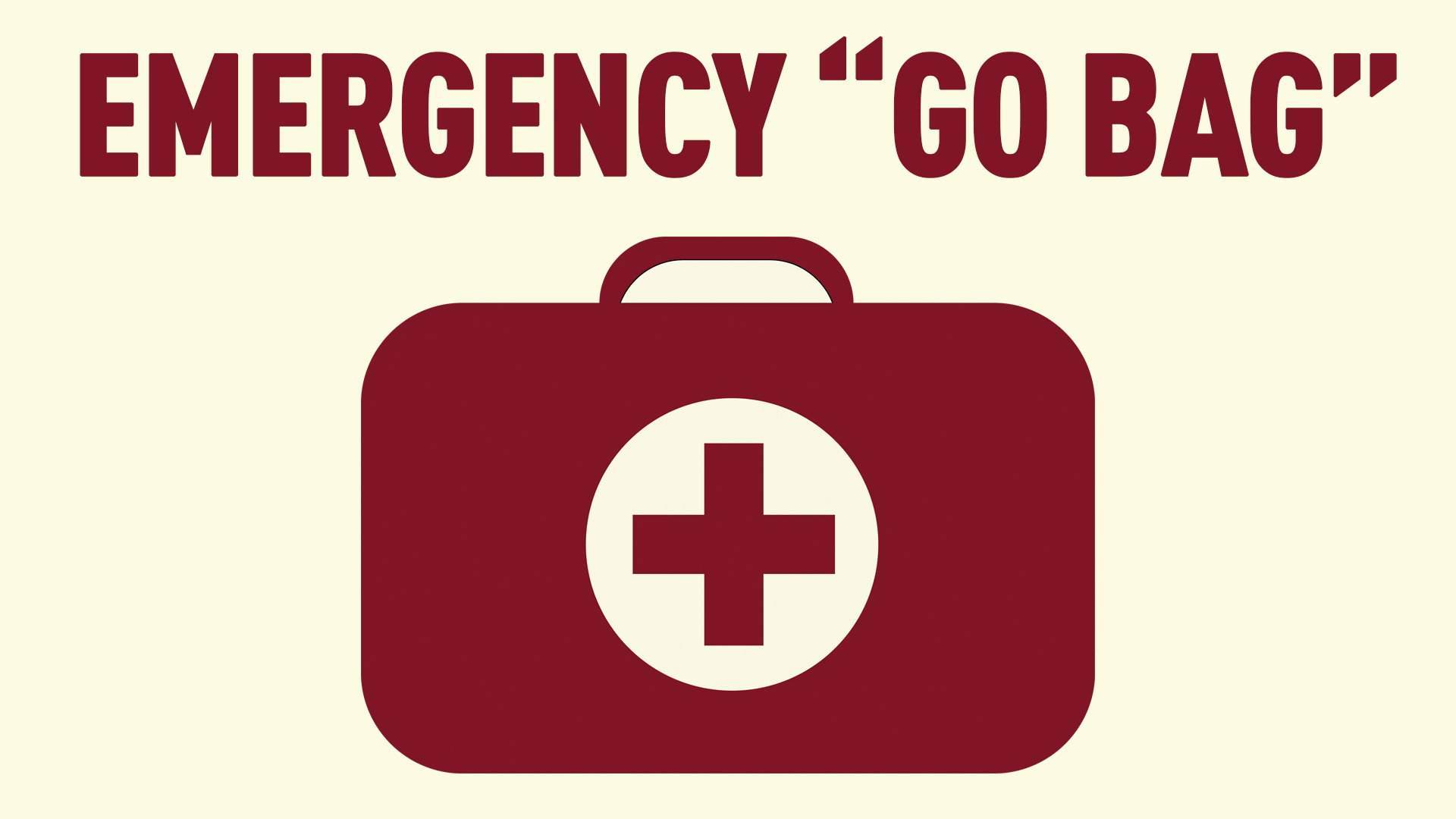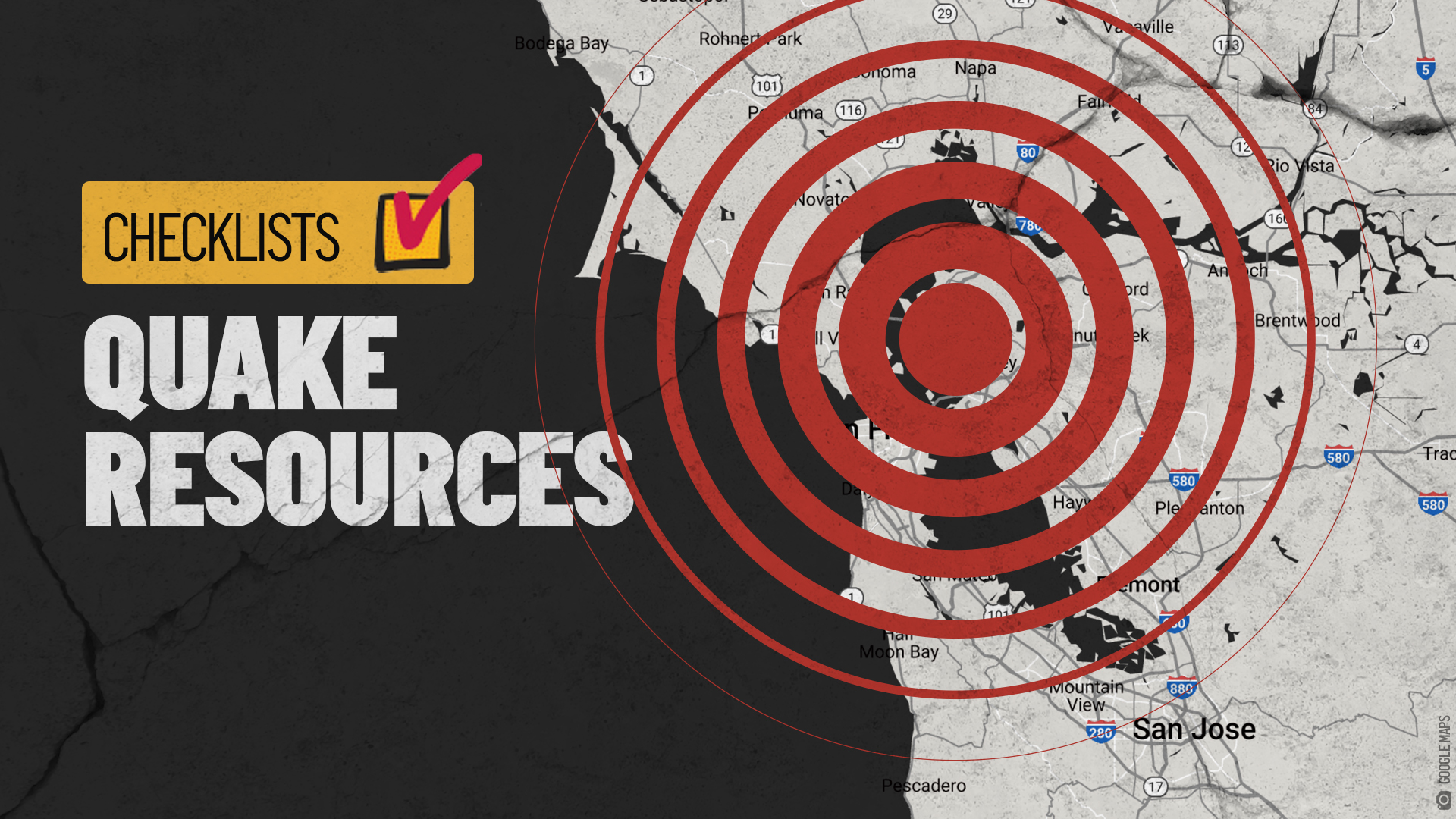The Bay Area has seen more than its share of natural disasters in the past few years -- from deadly wildfires to widespread flooding.
To help identify the areas at highest risk, the Federal Emergency Management Agency (FEMA) was directed to create a map showing the risk level by community.
California has the most high risk areas in the nation.
A closer look into the Bay Area reveals "yellow" areas, which are relatively moderate risk. "Orange" areas indicate relatively high risk and "red" on the map shows areas of very high risk.
The risks include the possibility of wildfire, earthquake, and flooding, and the amount of damage that could be done.
Click here for how to stream the latest NBC Bay Area updates on Northern California wildfire smoke
"Teal" colors on the map indicate community disaster resilience zones, which are in the top 1% in the state, and identified as a disadvantaged community.
So what is this so important?
FEMA said moving forward, these zones will receive prioritized access to federal funding.
Get a weekly recap of the latest San Francisco Bay Area housing news. Sign up for NBC Bay Area’s Housing Deconstructed newsletter.
"If we can reduce the risk of flooding or spread of wildfires, we can actually save a lot of money and more importantly, a lot of lives," San Jose Mayor Matt Mahan said.
One of those zones is the site of the 2017 flooding in San Jose. Estimated damages from the flooding were $100 million and 14,000 people were temporarily displaced.
"Historically, it's generally been those who are the most marginalized, lowest income, who have ended up in the area most prone to certain risks such as flooding," Mahan said. "I think it's smart to both invest in protecting our most vulnerable residents and to do so in a proactive way."
There are a few other areas around the Bay Area that stand out in the East Bay. Also, the Financial district in San Francisco is noted due to high earthquake risk. Those areas will be priorities for federal funding to better prepare them for the next natural disaster.
Dr. Kate Wilkin, a San Jose State University professor of fire recology, was surprised more areas in the map are not in red. Wilkin has researched if and how people prepare for wildfires in vulnerable areas.
"People are willing to make these changes," Wilkin said. "They might need help to knowing what they area, or funding or time."
Wilkin said funding will certainly help, but adds people who live in any of the high risk zones can do something else to prepare for the next disaster.
"Making sure that you have a family disaster response plan, even if you don't change anything around your house," Wilkin said. "Making sure that you have a plan so that you can escape if anything happens I think is the most important thing."



